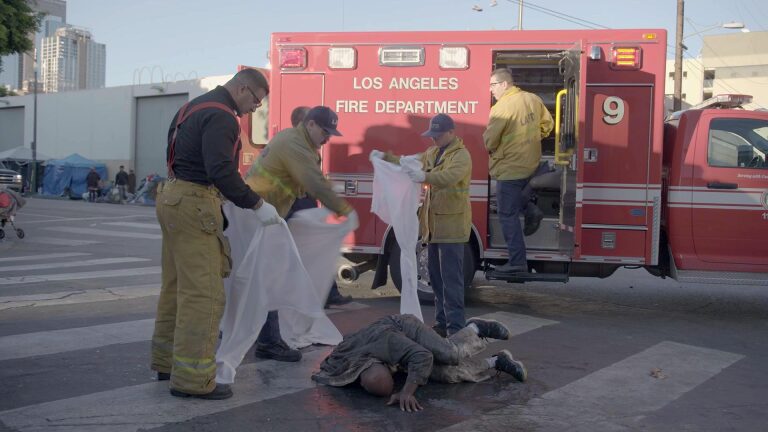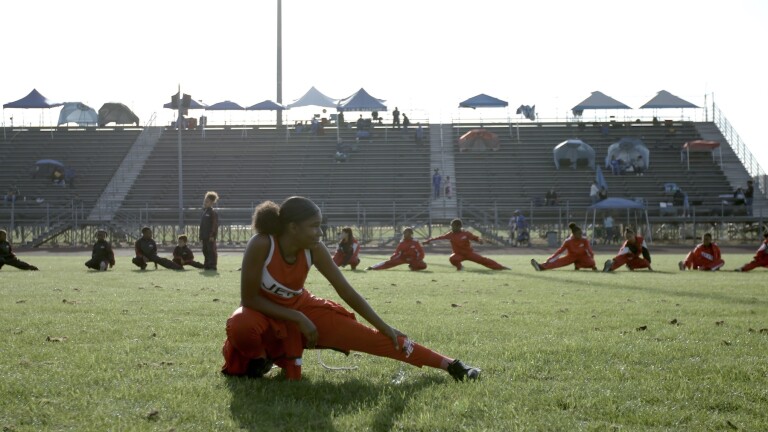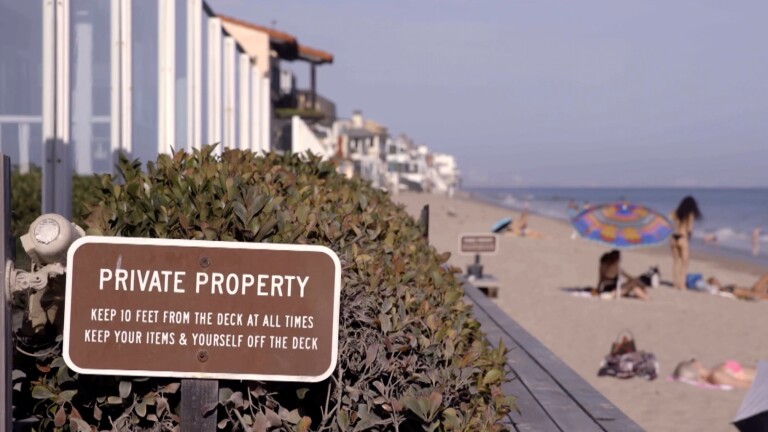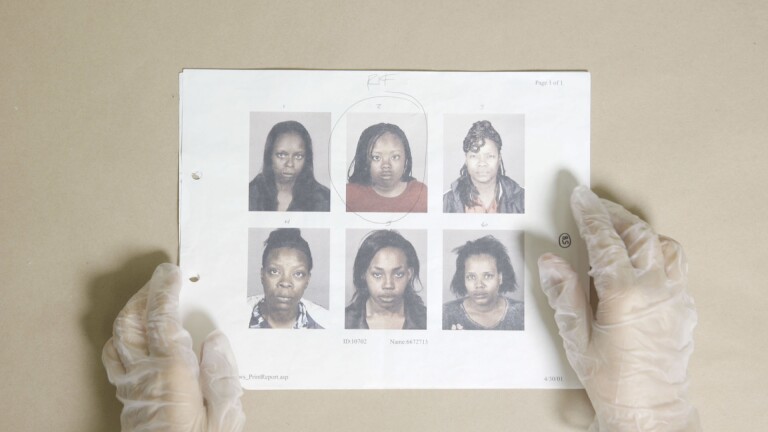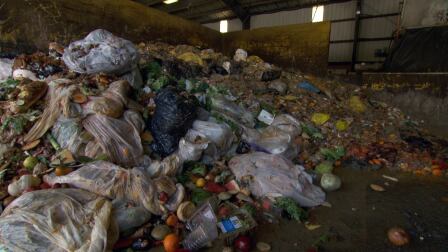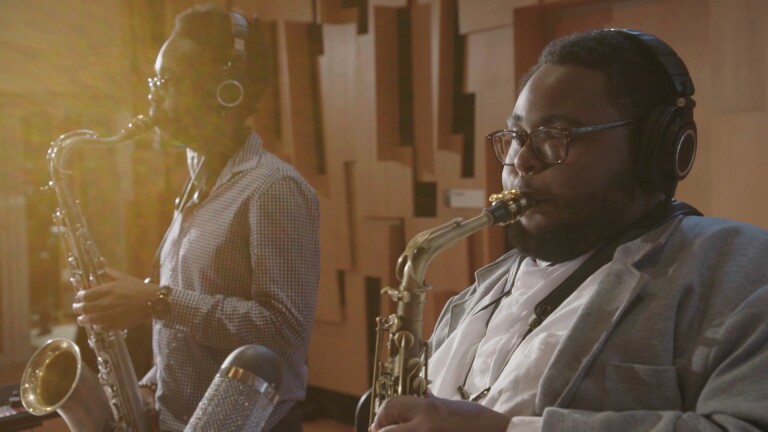
Saying Goodbye to Nola, Oldest Northern Female White Rhino
Gentle giant Nola spent her final days roaming freely on 1,800 acres of land at the San Diego Zoo Safari Park in Escondido, California. She was the Safari Park's signature animal, but now she's a symbol of extinction.
At 41, Nola was one of four remaining northern white rhinos on the planet and the oldest living female. She passed away Nov. 22, 2015. That leaves only three. The remaining three endangered white rhinos are under close watch at conservancy in Africa. But natural breeding is not possible, because one is male, and two are infertile females. As Nola’s keeper says, “extinction in in their future.”
While these rhinos have no natural predators, they are threatened by humans. Poachers hunt them for their horns which are mistakenly believed to cure illnesses. Rhino horn can sell for as much as $30,000 a pound.
Can technology save the northern white rhino? San Diego’s Frozen Zoo laboratory has genetic material from the northern white rhino and hundreds of other species. Reporter Jennifer Sabih learned more from scientists and had a rare up-close encounter with Nola before she died.
Featuring Interviews With:
- Jane Kennedy, lead mammal keeper
- Dr. Barbara Durrant, reproductive physiologist
(Banner image: Northern white rhino Nola at the San Diego Zoo Safari Park. Picture taken Feb. 19 by Ken Bohn, San Diego Zoo Safari Park)
Transcript
Jennifer Sabih: It's an opportunity I could not pass up, a chance to see one of the rarest animals on earth while she’s still alive. She lives at the Wild Animal Park in San Diego, along with hundreds of other wild animals. She’s a Northern White Rhinoceros from Central Africa, one of only four still alive. Her name is Nola. Her keepers told us not to expect too much. She often stays a long ways away. We have to stay in the truck to we might only see her from a distance. But not today. For some wonderful reason Nola came close.
Jennifer Sabih: Thank you for coming over.
Jane Kennedy: Now she’s going to be a little more, she’s got more horn. Stay on this side of her. You can’t really safely lean out like that, because she can move her horn and boom. But she's saying hello to you.
Jennifer Sabih: This was beyond our wildest hopes, a chance to touch a species that would soon disappear.
Jane Kennedy: Extinction is in the Northern White Rhinos future. There are only four left on the planet and none of those four are capable of reproducing naturally.
Jennifer Sabih: The other three Northern White Rhinos are at a conservancy in Africa under 24-hour armed guard. One is male, two are females. But like Nola, both of the females are infertile.
Jennifer Sabih: Is she the oldest living female?
Jane Kennedy: She's the oldest ever female Northern White Rhino. There have been a couple of males that lived to be 44. She's 41, so she's ready. She's close.
Jane Kennedy: Oh here comes Chuck.
Jennifer Sabih: Nearby was a Southern White Rhino. His name, Chuck.
Jennifer Sabih: Oh what a good guy Chuck. Would you like a carrot? Would you like a carrot? Or just your ears are what you want?
Jennifer Sabih: Chuck, he's built like a bulldozer. But he's so gentle like all rhinoceroses; he doesn’t even have a need for teeth.
Jennifer Sabih: What kind of animal is a rhinoceros?
Jane Kennedy: A Rhinoceros honestly for me it’s more of a gentle giant. But at the same time he has the capability of being so strong that he could flip this truck if he wanted to. But he doesn't, he doesn’t want to, he doesn't need to.
Jennifer Sabih: You want the carrot? Which one is his mouth?
Jane Kennedy: It’s down there where the big square.
Jennifer Sabih: He’ll even pass up food if there’s a chance for personal attention.
Jennifer Sabih: Let me just touch your ears. Yeah.
Jennifer Sabih: Rhinos have no natural predators. The only ones that are out to kill them are humans in the form of poachers.
Jane Kennedy: Rhino poaching is out of control. More than 3 rhinos are dying every day just for their horns.
Jennifer Sabih: In China and Vietnam people mistakenly believe that ground-up Rhino horn can do everything from raise a libido to lower a fever. When rumors began circulating that a Vietnamese minister was cured of cancer by ingesting ground up rhino horn, well rhino horn began flying off shelves.
Jane Kennedy: Rhino horn is made out of the same thing as your fingernails. So if Rhino horn cured cancer, all you'd have to do is chew on your fingernails and you'd be cured of cancer.
Jennifer Sabih: The price for Rhino horn has been climbing. It's now goes for an incredible $30,000 a pound. With that kind of price on their horn, is there any hope at all that the Northern White Rhino can survive?
Jane Kennedy: The only hope we have is assisted reproduction.
Jennifer Sabih: That's where San Diego's Frozen Zoo comes in. In these big metal vats genetic material from thousands of species are preserved.
Dr. Barbara Durrant: We preserve genetic diversity in here through freezing sperm, eggs, embryos and cell lines.
Dr. Barbara Durrant: This is an Indian Rhino. This ovarian tissue contains eggs and stem cells.
Jennifer Sabih: They're hoping to breed a Northern White Rhino. How? By using Southern White Rhinos as surrogate mothers. The embryos would be grown in the frozen zoo.
Dr. Barbara Durrant: Put that embryo in a Southern White Rhino.
Jennifer Sabih: But she would be carrying a northern white rhino.
Dr. Barbara Durrant: That's right. That's right.
Jennifer Sabih: There are six potential surrogate mothers from South Africa already at the Safari Park. But the reproduction process is going to take years and really it may not happen in our lifetimes.
Dr. Barbara Durrant: We expect before we have a viable self-sustaining reproductive herd of Northern White Rhinos, most certainly the living rhinos right now will be gone.
Jennifer Sabih: While science inches ahead, Nola is getting pampered
Jennifer Sabih: Typical day for Nola?
Jane Kennedy: Nola's typical day is she comes first. We have 370 animals on the south lawn alone, but she's the one we check first thing every morning.
Jennifer Sabih: Chuck is enamored of Nola. And she usually tolerates him. But she's the queen, and when she feels that Chuck is horning in on her territory, well she sounds the alarm.
Jane Kennedy: Everyday with her is a blessing. Because just like any family member that you have that is close to the end of their life, you have to treat that day as special. And so that's what we do here for Nola. We make sure every day is a great day for Nola.
Jennifer Sabih: A few weeks after our encounter, Nola had her last great day on earth. She died at the age 41 on November 22, 2015. She was the Safari Park’s signature animal. Her image was everywhere. Now she's a symbol of extinction.
Jane Kennedy: But let's hope it's not the end for them. Let's hope we can all work together and we can save the Northern White Rhino. They deserve it.
Jennifer Sabih: I'm Jennifer Sabih for "SoCal Connected."

